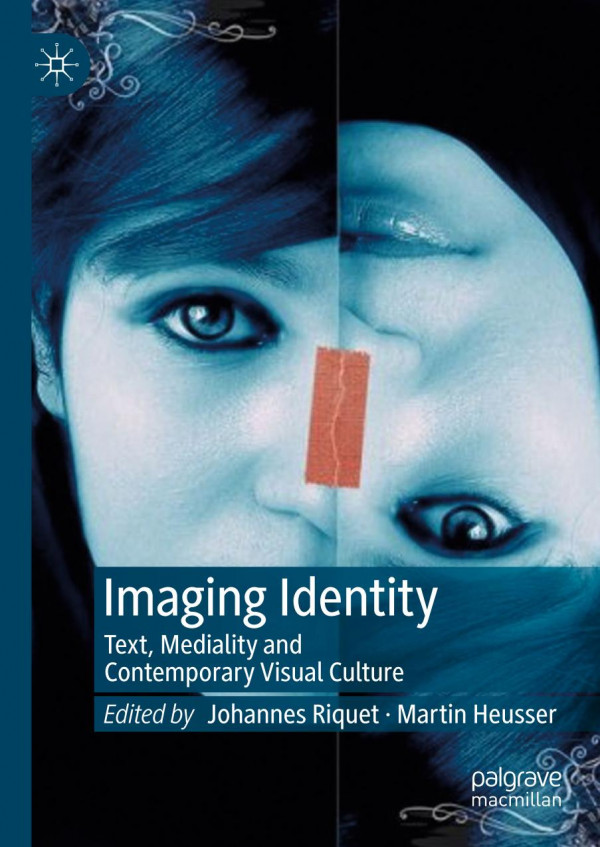

Most ebook files are in PDF format, so you can easily read them using various software such as Foxit Reader or directly on the Google Chrome browser.
Some ebook files are released by publishers in other formats such as .awz, .mobi, .epub, .fb2, etc. You may need to install specific software to read these formats on mobile/PC, such as Calibre.
Please read the tutorial at this link: https://ebookbell.com/faq
We offer FREE conversion to the popular formats you request; however, this may take some time. Therefore, right after payment, please email us, and we will try to provide the service as quickly as possible.
For some exceptional file formats or broken links (if any), please refrain from opening any disputes. Instead, email us first, and we will try to assist within a maximum of 6 hours.
EbookBell Team

5.0
48 reviewsThis volume explores the many facets and ongoing transformations of our visual identities in the twentieth and twenty-first centuries. Its chapters engage with the constitution of personal, national and cultural identities at the intersection of the verbal and the visual across a range of media. They are attentive to how the medialities and (im)materialities of modern image culture inflect our conceptions of identity, examining the cultural and political force of literature, films, online video messages, rap songs, selfies, digital algorithms, social media, computer-generated images, photojournalism and branding, among others. They also reflect on the image theories that emerged in the same time span—from early theorists such as Charles S. Peirce to twentieth-century models like those proposed by Roland Barthes and Jacques Derrida as well as more recent theories by Jacques Rancière, W. J. T. Mitchell and others. The contributors of Imaging Identity come from a wide range of disciplines including literary studies, media studies, art history, tourism studies and semiotics. The book will appeal to an interdisciplinary readership interested in contemporary visual culture and image theory.